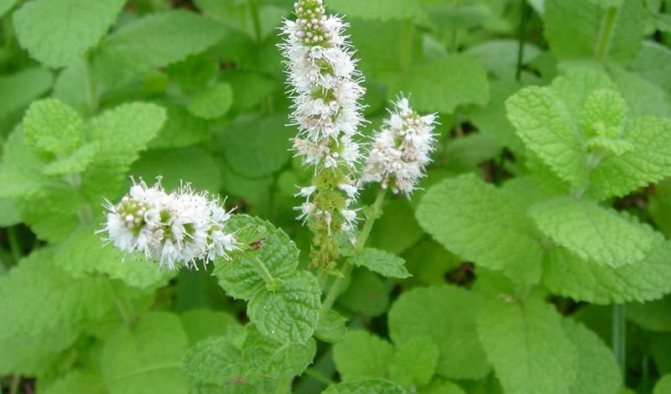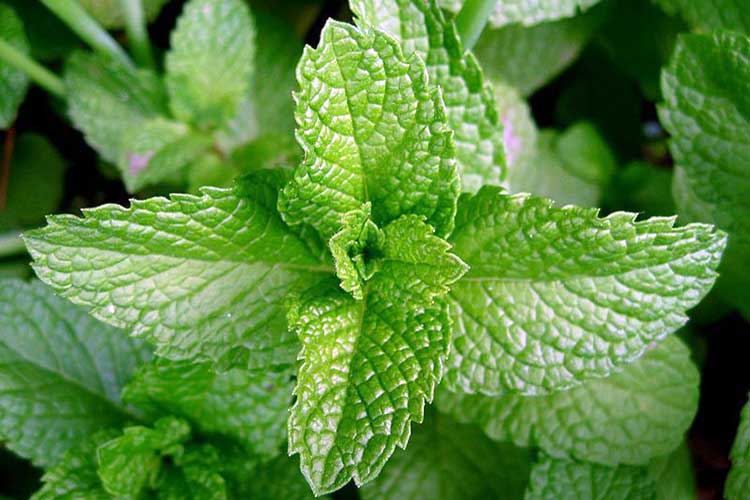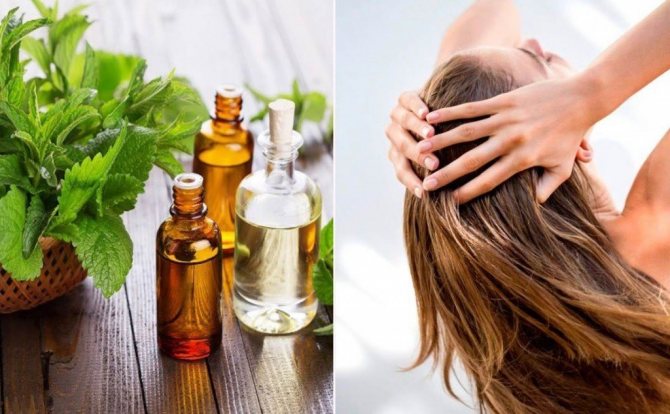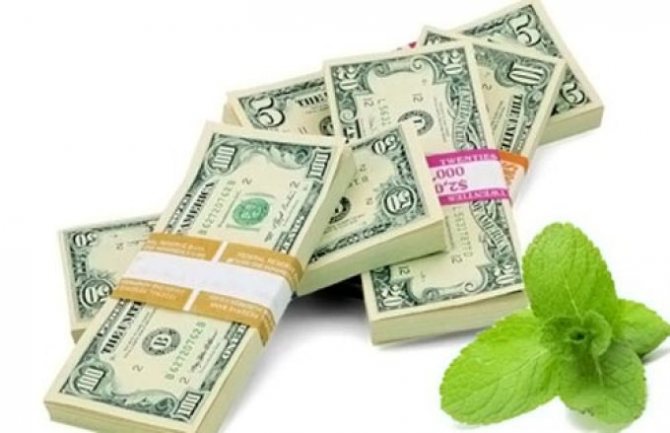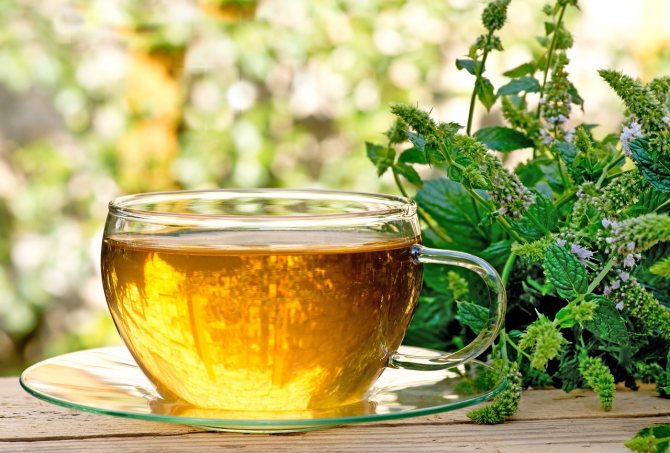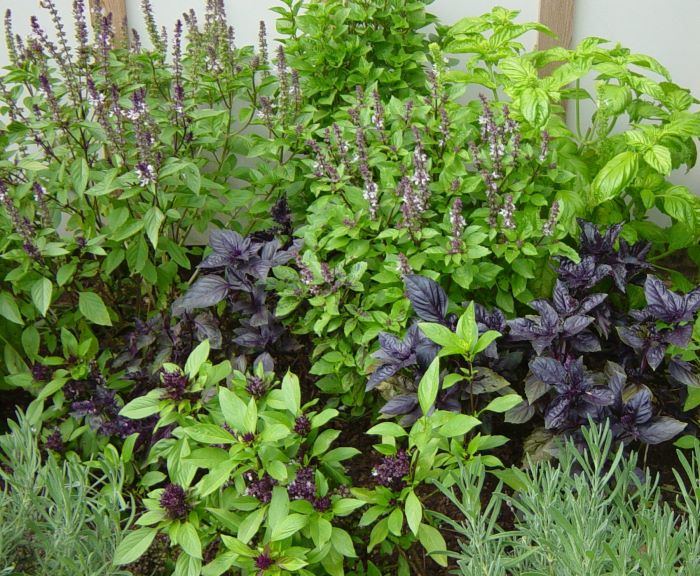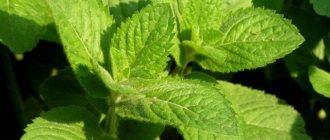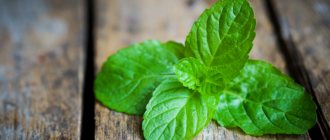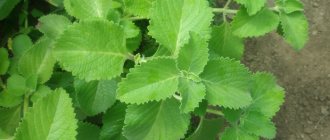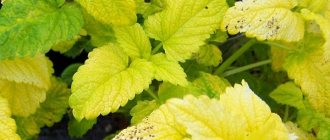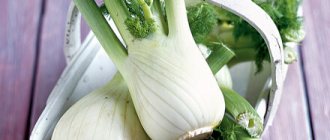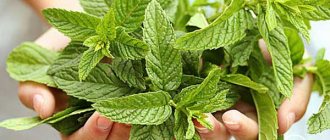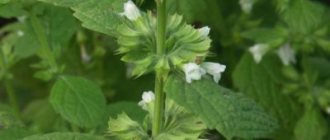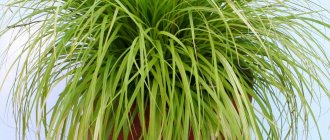Mint and lemon balm are so similar that many consider them to be one plant, known by different names. In fact, this is not the case. They are "sisters", representatives of the same family. But the properties that lemon balm and mint have differ among themselves. It is especially important to know and distinguish them for those who use plants for medicinal purposes.
To understand what lemon balm and mint provide, what is the difference and similarity of these spicy herbs, it is worth getting to know each of them in more detail.
How to distinguish mint from lemon balm in appearance?
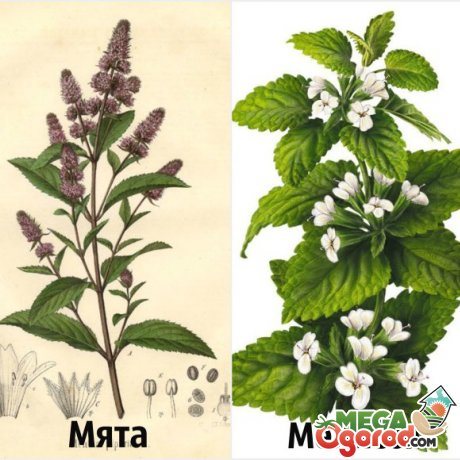
It is difficult for an inexperienced gardener, and even more so for an ordinary buyer, to distinguish mint from lemon balm. When buying, you should focus on a number of indicators inherent in a particular plant:
- First of all, the differences lie in the structure of the shrubs. Mint grows as an upright plant with a distinct stem. In contrast, lemon balm has several stems, standing out for the neat structure of a small bush. Mint does not exceed 50 cm in height, while lemon balm reaches 80 cm and more.
- Lemon balm leaves are round, light green in color, large in shape and velvety to the touch. Peppermint is distinguished by pointed, oblong-shaped leaf plates with a smooth leaf surface. In addition, the color of mint differs significantly from the shade of lemon balm - its leaves are saturated green with a dark tint.
- Mint flowers are small in size, collected in a spikelet at the top of the shoot, give off a purple tone. Melissa differs in inflorescences slightly exceeding mint flowers, but their shade, unlike the latter, is pale blue. Its buds are collected in false rings, connecting in inflorescences of 5-8 pcs.
- Peppermint rarely produces fruit. Unlike mint, lemon balm bears fruit annually. The fruits can be seen in detail. They represent a rounded box, more like an egg shape. It contains 4 nuts, which are the seedlings of lemon balm.
- The main distinguishing feature of mint from lemon balm is the aroma emitted by plants. In mint, this smell is more pungent, menthol. While lemon balm gives off a lighter sweetness, vaguely reminiscent of a lemon aftertaste.
Therefore, if you know the small nuances of the appearance of each of the plants. Shrubs can be distinguished unmistakably.
Home use
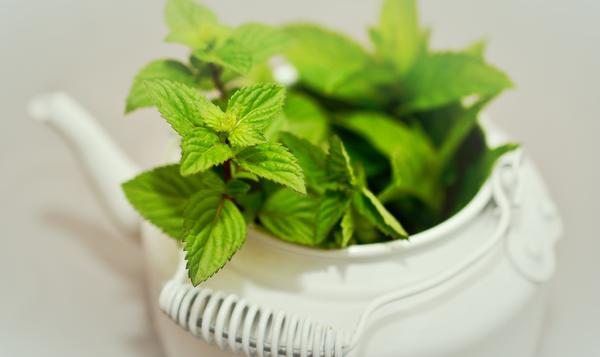

Mint has another beneficial property. The pungent smell is not tolerated by insects and many rodents. If there are cockroaches at home, you can sprinkle the habitat with fresh plant sap, and they will leave. In the garden, in order to protect the plantings from the invasion of pests, a plant with bright small leaves is planted in the aisle. According to popular beliefs, lemon balm needs to be grown in an apartment on a windowsill to protect it from damage. And if it has already been sent, then you need to take a bath, into which several stems of the plant have been dipped.
Peppermint attracts money and love. To get rich, you need to carry a few dried leaves in your wallet between bills. For a woman who dreams of a “betrothed”, it is advisable to put a fresh twig or her photo with blossoming flowers in her pocket or bag before the date.
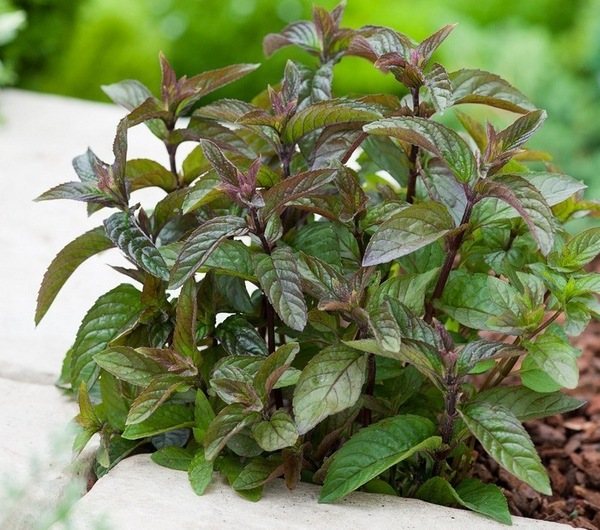

Composition and useful properties of lemon balm
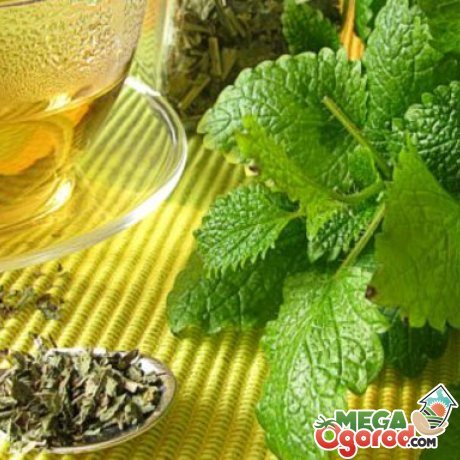

Melissa grows in almost any garden plot.Its composition is endowed with many useful trace elements and vitamins, thanks to which it has the ability to have a beneficial effect on the human body. Lemon balm contains the following components:
- Essential oils.
- Flavonoids.
- Tannins.
- Resins.
- Organic acids.
- Acid - rosemary and coffee.
- Bitterness.
- Vitamins - C, D, B (1, 2, 6, 9).
- Biologically active elements.
- Zinc, calcium, selenium, copper, chromium, vanadium, iron, molybdenum, nickel, manganese, potassium.
Thanks to its active ingredients, lemon balm can have a beneficial effect on the human body. Essential oils have a relaxing, soothing, antispasmodic effect. Flavonoids, like tannins, act on the body as an anti-inflammatory agent and as an antibacterial effect.
Tannins have a positive effect on the regeneration of the skin. Bitterness, as well as organic acids, contribute to the establishment of metabolism. In addition, bitterness normalizes the work of the glands responsible for the digestive process.
Melissa is recommended for the treatment of the following conditions:
- Ailments of the nervous system - has a calming effect, eliminates insomnia, helps relieve pain in the head.
- Diseases of the digestive organs - increases appetite, eliminates pain in the stomach, improves metabolic process. Helps as an adjunct treatment for ulcers, intestinal spasms, increased flatulence and gastritis.
- Cardiovascular disease - promotes vasodilation, stimulates blood pressure lowering and blocks the accumulation of cholesterol in the blood.
- The inflammatory process of the female genital organs - reduces pain during menstruation, is effective for eliminating toxicosis, with neuroses during menopause, reduces inflammation of the appendages.
Thus, lemon balm contains a large amount of vitamins and minerals that affect various diseases. Long-term therapy with the use of this drug can reveal positive trends in the treatment of ailments.
Harm and contraindications


Whatever positive recommendations and reviews a lemon plant has, it has a list of contraindications. In the case of improper intake, harm is revealed instead of benefit. Do not overuse tea infused with dried leaves.
It is not recommended to overestimate the maximum allowable dosage. The result of such phenomena can be drowsiness, inhibition in the perception of information and a strong decrease in blood pressure. Therefore, you should not introduce into the body infusions of medicinal herb before important events that require concentration of attention.
It should be noted that lemon balm in large quantities affects men not in the best way - potency decreases sharply.
With unhealed wounds on the body, you should not use water procedures with the addition of lemon grass infusion. Also, do not use this remedy for a pustular rash. Unforeseen consequences may arise.
There are contraindications for taking the drug for the following categories of people:
- In the acute form of the course of stomach ulcers.
- People with epilepsy.
- Children under 3 years of age.
- With liver failure of a severe nature.
- Patients with persistent hypotension.
- With individual intolerance.
If contraindications are identified, the agent should not be used even in minimal doses. Its introduction into the body can end in disastrous results.
Photos, what they look like
Further in the photo with the name, you will see how both plants look, how they differ from each other and compare their descriptions.
Mint:


Melisa:


Mint - composition and medicinal properties
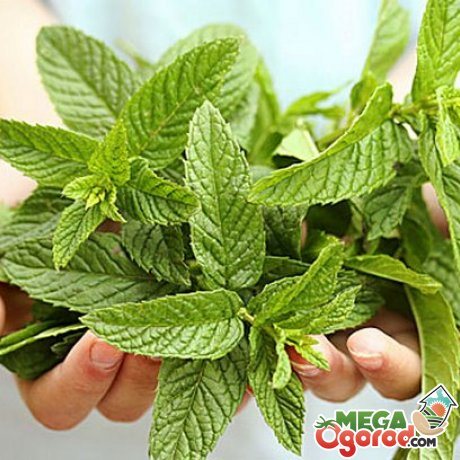

In the composition of mint, components similar to lemon balm are visible.This way a sufficient amount of flavonoids, tannins, bitterness and essential oil are released. In addition, essential oils contain up to 60% menthol. Due to this, when rubbing the gruel from the leaves of the plant into the skin, a cooling effect is felt. Mint is saturated with various trace elements - manganese, potassium, zinc, magnesium, iron, calcium, phosphorus. Contains the following vitamins - C, A, B (1,2,5,6,9).
When using mint for the body, the following beneficial properties are distinguished:
- Has antiemetic properties - for this you should mix a few drops of pomegranate and mint juice. The compound relieves attacks of severe nausea, stops vomiting. Recommended for use during pregnancy.
- It is possible to use it as an anti-inflammatory agent, as well as relieves pain.
- It acts on the nervous system as a sedative, eliminates an unreasonable feeling of anxiety.
- Used as a choleretic agent.
- It is used as a diuretic, in which excess fluid is naturally eliminated from the body.
- Strengthens damaged hair, promotes its treatment.
- With itchy skin, it is recommended to put lotions - they eliminate inflammation and dryness of the epidermis.
- Helps with increased flatulence, as a stimulant to remove stagnant gases.
Thus, the use of mint for the treatment of various diseases has a beneficial effect on the processes occurring in the body.
Description of plants
Is Melissa mint or not? Not! Botanically speaking, lemon balm and mint are distantly related, but not identical. They belong to the same family (Lamiaceae), whose members share a common feature - a strong smell. It is the smell and the presence of cooling menthol that made the plants popular in aromatherapy, in alternative medicine, for making drinks, in cooking. This is where the botanical relationship ends:
- melissa is a herbaceous essential oil-bearing perennial, it represents the genus Melissa;
- mint is a flowering perennial with a straight stem, belonging to the genus Mint.
With proper care, mint and lemon balm can be grown in a flower bed and a windowsill, but their natural range is different:
- mint loves moisture and grows near water bodies, in the coastal strip, in the Far East, in Siberia, Europe, temperate regions of Russia;
- Melissa suffers from excess water, therefore, in nature it is most often found in North Africa, in parts of Asia, in the southern regions of Russia.
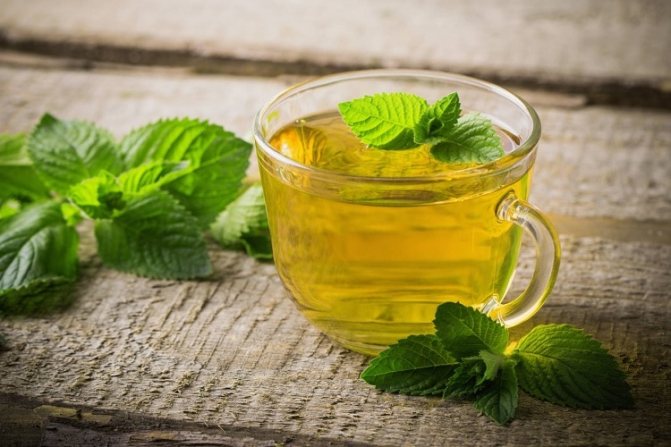

Mint and lemon balm are actively used in cooking
In terms of the content of nutrients, mint and lemon balm are equally useful. They contain vitamins of group B, vitamins A, PP (the main vitamin of lemon balm), C, as well as minerals: calcium, magnesium ("base" of mint), zinc, iron, potassium, phosphorus, manganese. Mint contains a huge amount of essential oils, it is higher in calories than lemon balm (70 kcal versus 49). Melissa is less common, only five plant species belong to the genus. Mint includes 25 species and grows almost everywhere.
Who is mint contraindicated for?
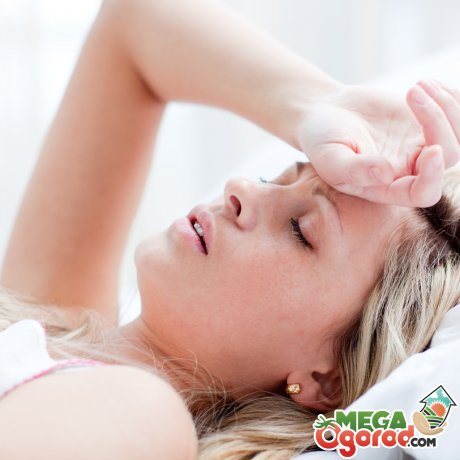

Just like the lemon plant, mint negatively affects the male population. It has a strong calming effect, which has a positive effect on nervous, unbalanced and emotional people.
Do not use the drug for therapy during pregnancy. The plant contains a large dose of estrogen, the effect of which on the female body in an interesting position stimulates miscarriage or provokes premature delivery.
There are the following contraindications, in which you should not affect the body with mint:
- Children under 3 years of age.
- People with low blood pressure.
- During breastfeeding - reduces lactation.
- When diagnosing infertility, frequent use only exacerbates the process.
- In the presence of individual intolerance.
The use of mint in such cases can stimulate the development of side effects or other unpleasant conditions:
- Respiratory impairment.
- The appearance of skin rashes and severe itching.
- Stimulates the urge to vomit.
- There are severe pains in the head.
- Redness appears on the upper layers of the epidermis.
- Causes bronchospasm, provoking a continuous suffocating cough.
Thus, you should not use mint-based infusions and teas in some situations, as well as monitor the dosage of the agent introduced into the body.
Where to add lemon balm
Cooking has its own characteristics and rules for using lemon balm. Fresh plant materials are often used, but dry grass also has a bright smell and almost does not lose its beneficial properties during processing.
See also
Description of ombalo - marsh mint, planting and care featuresRead
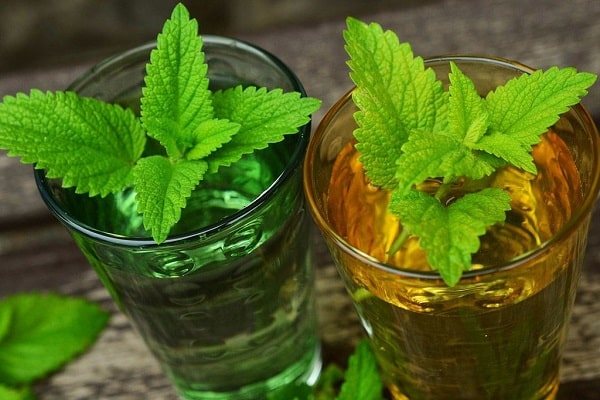

Fresh plant materials are used in the preparation of first courses, salads, and even added to desserts. Dry grass goes well with marinades for fish and meat. It is often added when salting cabbage for the winter, enriching a useful product with vitamins, minerals, and a persistent bright aroma.
When preparing dishes, it is important to remember that it is recommended to add spice a few minutes before the end of cooking or stewing. If you do this earlier, the aroma will not be as pronounced, and even a bitter aftertaste may appear.
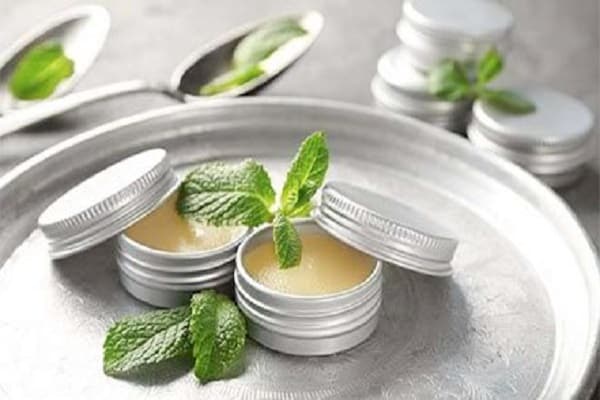

It is also recommended to use lemon balm for the preparation of aromatic refreshing drinks. The plant-based tea has many beneficial properties and can improve overall health and well-being with regular use.
Important! It is not necessary to use only lemon balm in the preparation of drinks - it goes well with thyme, marjoram, basil. It is recommended to use such a mixture for marinades, in conservation.
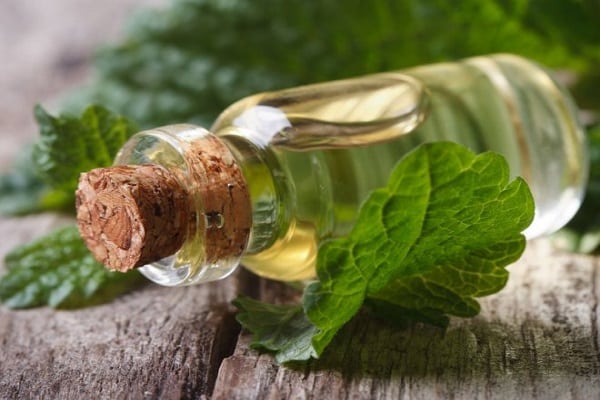

Melissa and mint - what's the difference?
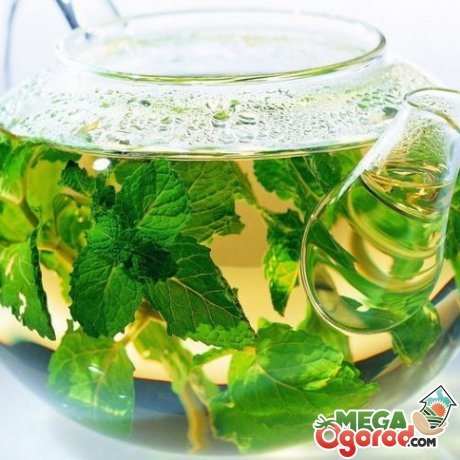

These two plants have many differences, but also many similarities. Both shrubs are used to treat various diseases. At the same time, they have more recommendations for indications than for contraindications. Therefore, the bulk of people can use products made on the basis of medicinal herbs .:
- Most of the ingredients are found in one plant and in another. The greatest concentration of useful elements is noted in the foliage of shrubs. A significant difference between the components of herbs is the increased content of essential oils in mint.
- Melissa is slightly behind in the content of this component. Because of this, some people, for example, women who are carrying a child, are prohibited from using mint infusions, decoctions and teas.
- Melissa, in contrast to mint, is effective in eliminating inflammatory processes in the internal organs of a person. Mint should not be used for open wounds on the skin, but lemon balm, on the contrary, stimulates the upper layers of the epidermis to regenerate faster.
- Peppermint stands out for the fact that it is more often used to treat various diseases, primarily for the treatment of diseases of the central nervous system. Melissa is recommended to eliminate puffiness and bruising (bruises), as well as to neutralize acne, acne on the face and manifestations of herpes on various skin integuments.
- What the shrubs have in common is a negative effect on male potency. In contrast to this, lemon balm is prescribed mainly to the female sex, for the treatment of nervous excitement, as well as diseases associated with the genitals.
Thus, at first glance, the same plants reveal a large number of differences that significantly affect the beneficial properties directed to the human body for treatment.
Is it possible to combine these two plants
Mint and lemon balm are plants with different flavors.They can be part of the herbal collection, which will be much more useful, because each of the herbs adds its own note of aroma and its own beneficial properties. Knowing their positive effect on the body, it will be difficult to harm your body.
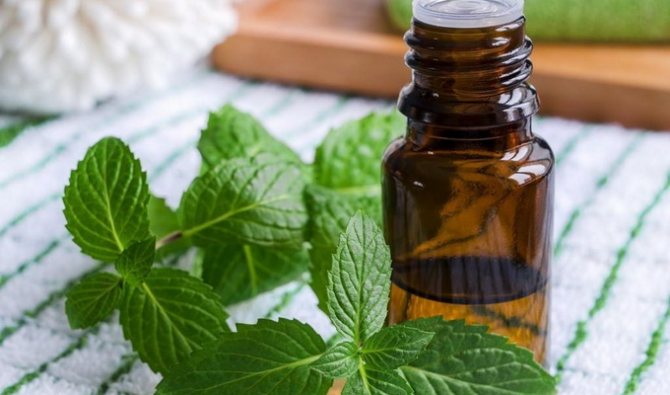

Mint infusion
Spices are two completely different plants with many distinctive features, so it is completely impossible to confuse them. Due to the uniqueness of the properties of mint and lemon balm, they are very useful, but before you start using them, you need to study the indications and contraindications, choose the option that suits you.
How and where are herbs used?


Medicinal herbs are used not only for infusion in tea, but also for the treatment of various diseases in medicine, as an auxiliary substance. Plants are also used in:
- In medicine, each of the plants has slight differences in application, in most cases they are recommended for the treatment of almost the same diseases. Only the dosages required for drug administration differ. But lemon balm is a more potent sedative than mint. Therefore, not all patients can recommend it for use.
- As a cosmetic product, lemon balm is much more versatile. It can be used at home to make masks and moisturizers. It is used for various types of skin - dry and oily. In addition, lemon balm products help to cope with the problems of dandruff on the head.
- Mint, in turn, is recommended only for oily skin care. Funds based on it help to narrow pores, eliminate the shine of oily skin, and dry out areas of high fat content. If you dilute the hair shampoo with a decoction of mint, then the blood circulation of the scalp will increase, while the hairline will become thicker and increase in growth.
- Both aromatic plants are present in culinary recipes fresh. The leaves of these shrubs are added to vegetable soups and fresh salads. They can be used as a seasoning, dried. The aromatic smell and original taste add spices from such ingredients to vegetables pickled for the winter.
- Separately, mint is used as a strong flavoring agent. It is often used as a decoration and flavoring additive for sweet desserts. While lemon balm is practically not used for making sweets. In most cases, it is recommended to be used as a similar substitute for peppercorns. It is used more as a condiment.
Thus, medicinal herbs have found their application in various industries. Many dishes or skin care products are simply unthinkable without the main ingredient.
Differences in growing conditions
Plectrantus (indoor mint) - home care
Mint and lemon balm can be planted side by side on the same plot, although many gardeners do not advise using such an agrotechnical method, because the plants will dust each other, and the taste of the spices will change. To resolve the dispute, it is better to listen to the opinion of certified agronomists, who remind that the plants do not belong to the same species, therefore hybridization in natural conditions is impossible. It turns out that it is possible to plant them in the same area, but spicy herbs require different care.
When cultivating mint, it is necessary to consider:
- The species can be planted on any soil except sandy.
- The mint area should be well lit by sunlight.
- It is necessary to spill and water the plant systematically.
- In the spring, it is necessary to cultivate the soil.
- It is better to propagate the culture in spring by root layers, planting them in open ground. The distance between the shoots is 30-40 cm.


Collection of spices
Melissa needs different growing conditions:
- Lemongrass does not like open areas, it needs shade or partial shade.
- The plant can withstand severe drought, but it needs to be watered abundantly several times per season.
- For successful crop growth, it is necessary to add sand to any soil.
- This species can be propagated by dividing the bush, layering, cuttings.
Important! This variety grows strongly, therefore, when planting a new site, it is important to observe a certain distance: between the bushes 40-45 cm, between the rows - 50 cm.
The similarities between the wounds are evident during collection. You need to collect herbs at the beginning during the flowering of honey plants. The first collection falls at the beginning of summer, the second one - at the beginning of autumn.

